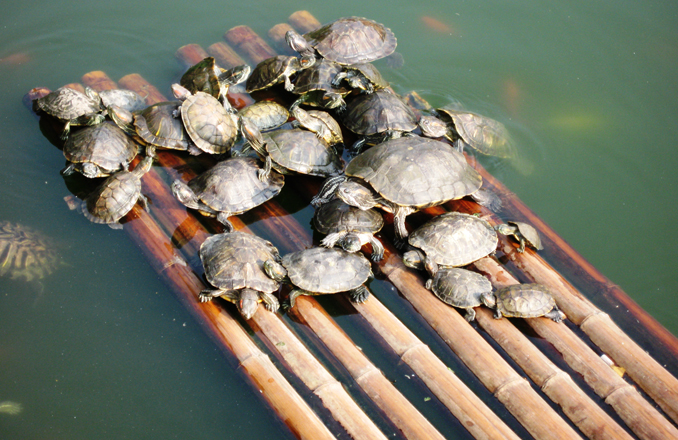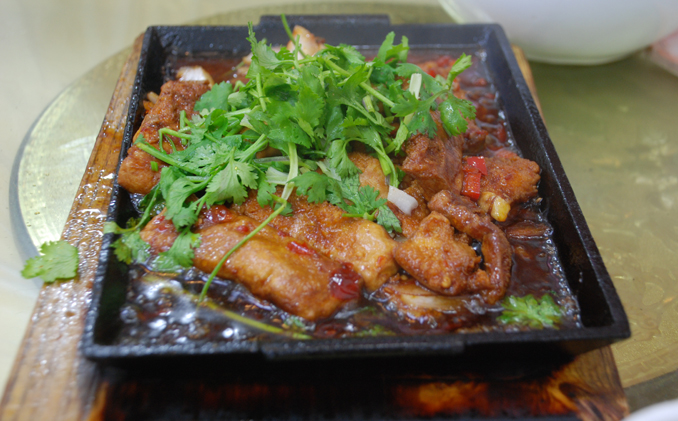Written by: Robynne Tindall - Posted on: August 27, 2014 |  Comments | 中国 (Chinese)
Comments | 中国 (Chinese)
Google Translation: اُردو | 中文
Unlike its big-name relatives, Sichuan cuisine and Cantonese cuisine, Hui cuisine is not well known outside of China, or indeed even within China. Nevertheless, this cuisine from the mountainous, thickly forested province of Anhui has a rich culinary heritage that is worth exploring.
Although today Hui cuisine is mostly associated with Anhui Province, the roots of the cuisine can actually be traced back to a historic region corresponding to the south of modern day Anhui Province and the northeast of modern day Jiangxi Province, known as Huizhou. Beginning in the Ming dynasty, the merchants of the Huizhou region (the Huishang) became renowned for their business acumen and the region grew economically and politically. Their wealth not only allowed them to live comfortably, it also allowed them to eat well and they developed a taste for the region’s finer ingredients such as tender turtle and abundant freshwater fish.
 |
Turtle has been a popular local ingredient in Anhui for a long time (Flickr user Toby Simkin) |
Today, Anhui’s economic position has sadly declined but its people have maintained their passion for fresh local ingredients. The southern part of Anhui Province borders the Yangtze River and its fertile plains produce a variety of crops that would not look out of place on any table around China. On the other hand, both the terrain and the climate of the northern part of the province are substantially more rugged and, as a result, the ingredients available are a little more unfamiliar: rare wild herbs and wild mushrooms, game birds such as pigeon, and even animals such as the civet cat. Local cooks are able to navigate these ingredients with aplomb and this focus on regional specialties is one of the reasons why knowledge of the cuisine hasn’t spread far outside of the province.
Another major characteristic of Hui cuisine is the emphasis placed on heat control during cooking. Rather than simply stir-frying or cooking dishes at a uniformly high temperature, masters of Hui cuisine are adept at adapting temperatures and cooking methods according to the ingredients they are using to preserve the best of the natural flavors. This places techniques such as steaming, stewing and baking at the forefront.
 |
Hairy tofu, so-called because fine white hairs form on the surface of the tofu during the fermentation process, is a popular dish in Anhui (Flickr user Jonathan) |
Common dishes within Hui cuisine include stuffed shiitake mushrooms; cured mandarin fish; “hairy” tofu; braised shiitake mushrooms and chestnuts; braised turtle with ham; and steamed pork ribs with glutinous rice powder.
 |
Robynne lives in Beijing, having moved there from the UK in 2011. During the day she is the food and dining editor for a local expat magazine and at night she can be found all over town searching out the most interesting restaurants.
twitter.com/gongbaobeijing
instagram.com/gongbaobeijing